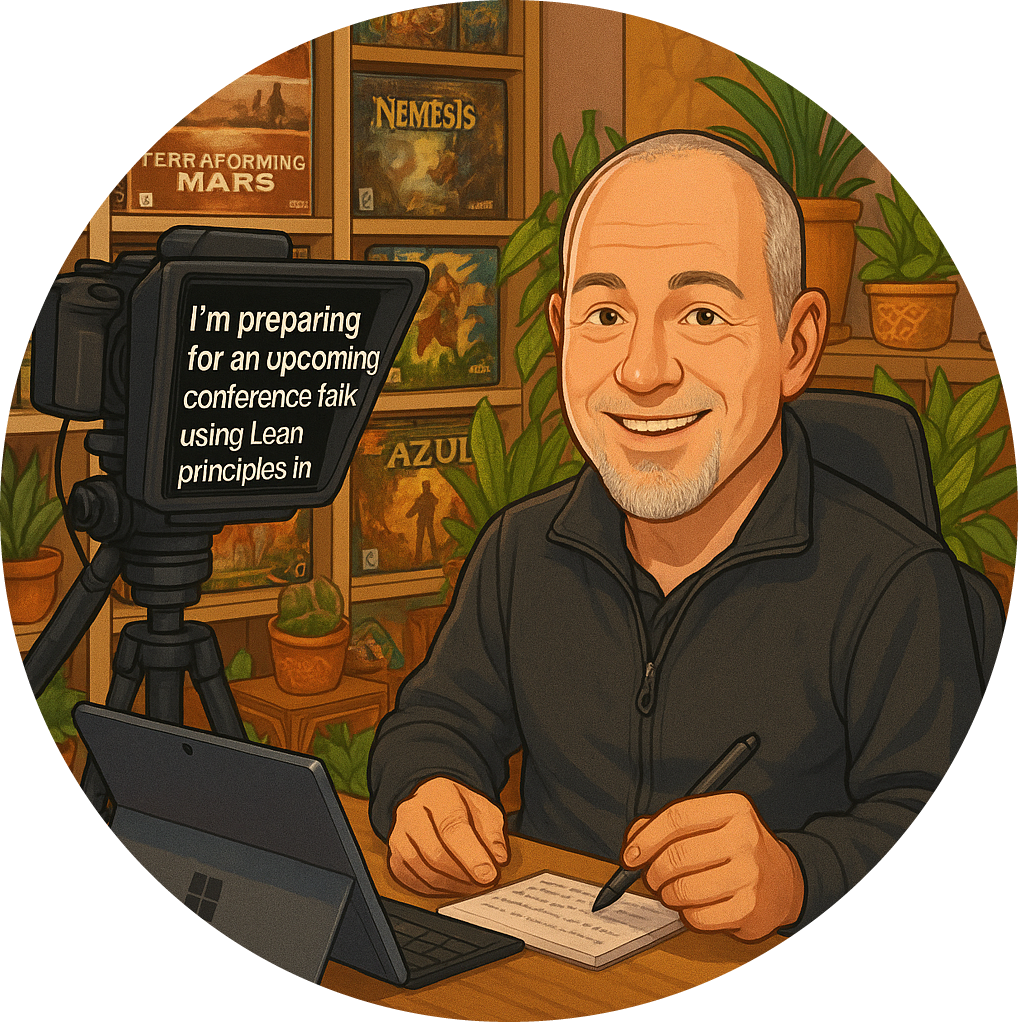In my journey through the world of Agile, I’ve come to recognise a troubling phenomenon that I refer to as one of the seven signs of the Agile apocalypse: silence. This silence is not merely the absence of sound; it’s a deafening void that can have dire consequences for teams and organisations striving for agility.
The Many Faces of Silence
Silence can manifest in various ways, and it often reveals deeper issues within a team or organisation. Here are some of the most concerning forms of silence I’ve encountered:
Lack of Communication: Team members may notice something amiss but choose to remain quiet. This could be a process that isn’t working, a tool that’s causing friction, or a decision that doesn’t align with our Agile principles. When people don’t speak up, we lose the opportunity to address these issues before they escalate.
Avoidance of Accountability: Silence can also indicate a reluctance to hold each other accountable. When team members fail to voice their concerns about poor practices or decisions, it creates an environment where mediocrity can thrive. We must foster a culture where everyone feels empowered to speak up.
Misleading Commitments: Perhaps the most damaging form of silence occurs when we mislead our customers. When we promise deliverables without having the necessary groundwork laid, we are not only setting ourselves up for failure but also eroding trust. Silence in this context is a betrayal of our commitment to transparency and honesty.
The Consequences of Silence
The implications of silence in an Agile environment are profound. Here’s what can happen when we allow silence to take root:
Diminished Value Delivery : When team members don’t voice their concerns, we risk delivering subpar value to our customers. Agile is all about delivering the right product at the right time, and silence can derail that mission.
Erosion of Trust: Trust is the bedrock of any successful team. When silence prevails, it breeds suspicion and uncertainty. Team members may begin to question each other’s intentions, leading to a toxic work environment.
Stagnation of Growth: Agile is fundamentally about continuous improvement . If we’re not willing to speak up and share our insights, we stifle our growth as individuals and as a team. We must embrace a culture of open dialogue to foster innovation and adaptability.
Breaking the Silence
So, how do we combat this silence? Here are some strategies that I’ve found effective in my own practice:
Encourage Open Communication: Create an environment where team members feel safe to express their thoughts and concerns. Regular check-ins and retrospectives can provide a platform for open dialogue.
Model Vulnerability: As leaders, we must lead by example. By sharing our own challenges and uncertainties, we can encourage others to do the same. Vulnerability fosters connection and trust.
Establish Clear Expectations: Make it clear that speaking up is not just encouraged but expected. Set the tone for accountability and transparency within the team.
Celebrate Courageous Conversations: Acknowledge and celebrate instances where team members have spoken up. This reinforces the behaviour and shows that their voices matter.
Conclusion
Silence is a silent killer in the Agile world. It can undermine our efforts, erode trust, and ultimately lead to failure. By recognising the signs of silence and taking proactive steps to foster open communication, we can create a thriving Agile environment that delivers real value to our customers. Let’s commit to breaking the silence and embracing the conversations that will propel us forward. After all, agility is not just about processes; it’s about people and the relationships we build.



























